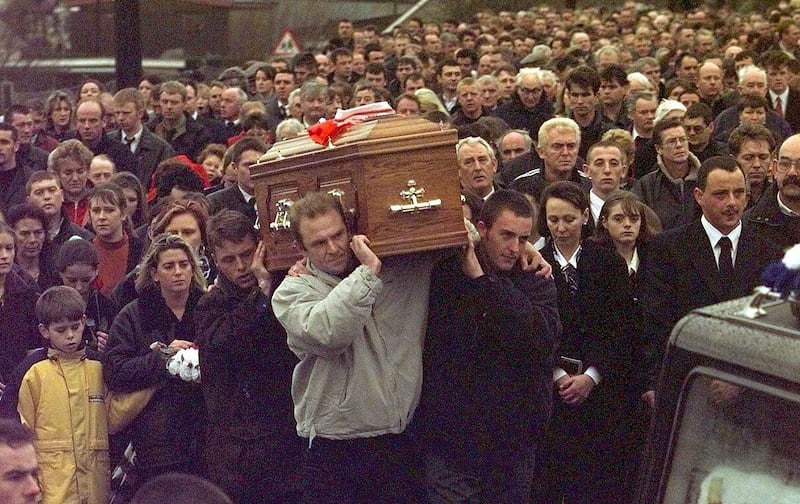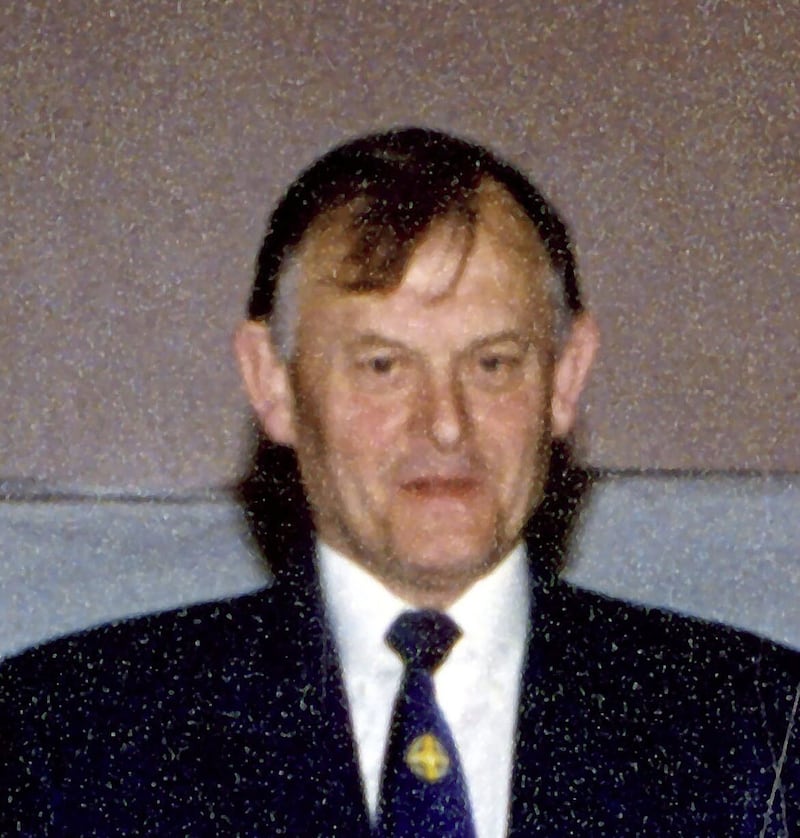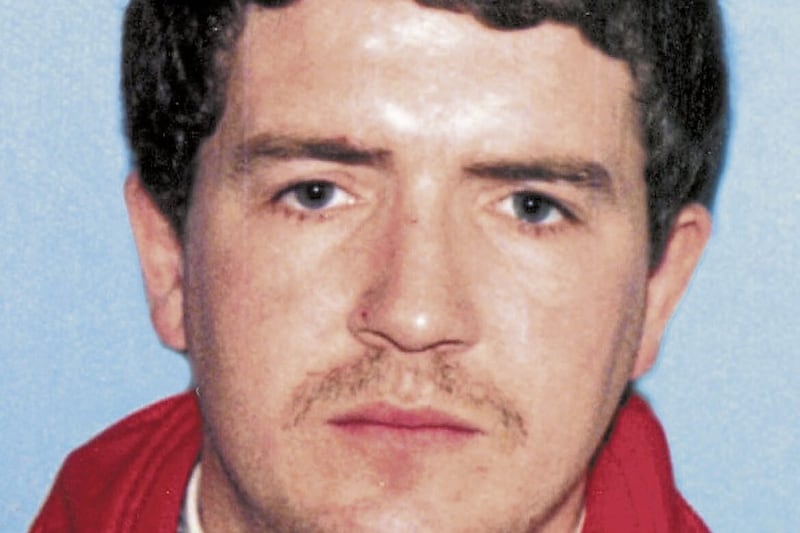An inquest has heard that police had intelligence of an attack prior to the murder of a Catholic man almost 30 years ago.
Seamus Dillon was shot dead by the LVF as he worked as a doorman at the Glengannon Hotel near Dungannon in December 1997.
Collusion has always been suspected in the murder, which took place hours after LVF founder Billy Wright was shot dead by the INLA in the H-Blocks.
It was previously thought the murder of Mr Dillon was in revenge for the killing of Wright.
However, at an inquest hearing on Friday it emerged that plans to attack the popular Co Tyrone hotel, which has since closed, were in place prior to the shooting of Wright and that police knew an attack was to be carried out.
Details came to light during an open Public Interest Immunity (PII) hearing in Belfast, during which lawyers for the Dillon family raised concerns over the disclosure of information from state agencies.
PII certificates are used by state agencies to conceal information they don’t want the public to see.
The open inquest session was followed by a closed hearing, which legal representatives for relatives of victims are not allowed to attend.
During the open hearing Des Fahy KC, acting for the Dillon family, raised concerns with coroner Richard Greene about redacted information contained in documents provided by state agencies and revealed the LVF plan to attack the Glengannon predated the INLA killing of Billy Wright.
“The obvious and primary concern on what we were able to ascertain from the papers sir, is the suggestion, and the clear suggestion, even with the redactions, that plans for this murder were in place prior to the murder of Mr Wright,” he said.
“And that intelligence was available prior to the murder of Mr Wright which suggested that an attack of this type at this location was imminent.
“That we say obviously contradicts the prevailing narrative that has grown up in relation to this murder that it was a direct reaction to the Wright murder.”

Mr Fahy also referred to “undercover material recovered” in relation to what he said is presumed to be the Rosemary Nelson Inquiry.
He outlined that while the information did not refer directly to the Dillon murder, “there is material within which is clearly, we say, of relevance to the matters which we seek clarified in relation to the PII”.
The barrister added that in one document “there are references to a ‘Gough CID boy’ who was taken off interviews because he got too friendly with them, that is the suspects”.
It is thought this may be a reference to Gough barracks in Armagh, which was used by the RUC to interrogate suspects during the Troubles.
The lawyer went on that “in relation to UDR/RIR it quotes ‘that’s where we got all our information from’”.
In another document referred to by Mr Fahy ‚“an MoD (Ministry of Defence) contact... quotes ‘papers, photocopies, Provies’ names and addresses, types of cars and makes of cars and number plates in relation to a suspect terrorist’”.
“Another document refers to the ‘UDR had the names of Provos, they used to hand them over to us’,” Mr Fahy added.

The barrister also referred to an individual whose name appears in papers linked to the Dillon inquest, which Mr Fahy said he was “familiar” with in relation to other inquests.
He added that the name has featured in other investigations, including that of Sean Brown, who was murdered by the LVF in May 1997.
While the name hasn’t been redacted in disclosed documents, Mr Fahy said “through an abundance of caution” he wasn’t going to read it into the court record.
“The question we ask in relation to that individual is, was he a suspect?”
“Because his name has featured in other investigations, including the Sean Brown murder.”
The lawyer also argued that there was no “rationale or justification” for the partial redaction of the name of another person who was tried for an offence in relation to possession of the Dillon murder weapon.
Mr Fahy also referred to another suspect, suggesting that one heavily redacted document “clearly indicates” that there was “prior intelligence and that that prior intelligence appears to relate to the suspect S3″.
After Mr Dillon was killed it later emerged that a suspected British army “hide” was found near the murder site.
During Friday’s hearing Mr Fahy told the coroner that in relation to Ministry of Defence (MoD) sensitive material, he had made a “fairly stark submission”.
“I don’t see any MoD material in what is termed MoD sensitive and that should be a matter of some concern for the court,” he said.
“Without exception the documents that are within MoD sensitive, it seems to me, are PSNI intelligence documents.”
Mr Fahy referred to military activity in the area around the time of the murder.
“They’ve come into the hands of the MoD but our concern is there is evidence of army activity in the area of the shooting,” he said.
“You will know there is evidence of the hide that was identified in and around the vicinity of the murder, which the next-of-kin believe to be an army hide of some type.
“There is no material in relation to that.
“So, there is significant concern in relation to material that you have been provided that is called MoD sensitive, because I don’t see MoD sensitive material.”
He added that what it presented by the military is an “echo and a copy of what is in the PSNI materials”.
Speaking outside court, solicitor Gavin Booth, of Phoenix Law, said: “We remain deeply concerned at the level of redactions and information withheld in papers so far provided by the state.
“Despite that, the information we have received gives rise to deep concern about the circumstances of Mr Dillon’s death and the relationship between those who murdered him and state bodies.
“It is clearly in the public interest that the be fully examined.”







